By Nokukhanya Musi–Aimienoho, bird story agency
Trees along the runway sway in the gentle, mid-morning breeze, as if in competition for elusive rays of a sun that is poking from between clouds as the plane makes its steady descent.
Below, at the edge of a forest in the rural area of Tubungu, near Matsapha and some 15 kilometres from Manzini, shiny roofs reflect from a cluster of buildings arranged in parallel rows.
Once out of the airport, a signpost at the side of the road points to the African Christian College, home to the Tree of Life Project, the only one of its kind in Eswatini.
On the 80-hectare college campus, some 50 hectares are under macadamia nuts, with the rest used for the academic campus and staff housing, as well as for general agricultural use, growing food for the students and generating extra income.
A regenerative farming community working under the aegis of The Tree of Life Project – a smart agriculture initiative -is working to combat climate change and boost macadamia exports at the same time.
The project breathes life into the campus, which is situated in a water-scarce area with extreme weather patterns – hot summers and cold winters – and relies on income from the macadamias, to operate.
According to farm and campus operations director, Sydney Mhango, summer temperatures sometimes shoot well above 30 degrees Celcius and pose a threat to the macadamia nuts trees, particularly in later summer and autumn.
“The macadamia trees start flowering just as we enter winter and that’s a critical time for the trees to have enough water and the temperatures should not be in the high extremes,” he explained.
While temperatures are marginal for producing macadamia the local soil, which had been stripped of nutrients, was not originally suitable at all. That was until the macadamia project started revitalising the soil.
The Tree of Life is anchored on climate-smart agriculture, which aims at helping boost biodiversity and nourishes the soil that can restore the overall health of an ecosystem.
“The past two seasons had good rainfall, but the only challenge we had was dealing with soil erosion and we have plaster sand in our orchard; when there is too much rain, we experience tractors getting stuck in the orchards because of too much water in the ground. It is a miracle that we are producing quality macadamia with the type of soil we have” Mhango explained.
Despite a recent drought that hit production, macadamias produced at Tree of Life, however, are high quality and the entire crop is exported.
The project also had a bad year in 2017 and only exported about 60 tonnes as opposed to 135 tonnes and 130 tonnes in 2018 and 2019 respectively. The nuts proved a life-saver during COVID-19, bringing in crucial income during the pandemic.
Macadamia thrives in deep, well-drained soils that have a PH of between 5.0 and 6.5, and rainfall of between 60 and 120 inches annually.
According to Mhango, the name for the project is drawn from the college’s former status as a pastoral training centre.
It is also anchored in the restoration of the environment – which is also being impacted by climate change. However, there is a recognition at Tree of Life, that climate change itself is not “natural” and needs rectifying. And that African communities, as anywhere in the world, can make the difference.
“Recognising that the eco issues threatening us are not external, we are playing our part in seeking to provide a solution through regenerative agriculture on a significant scale through the Tree of life project,” Mhango added.
“By growing the premium flavoured macadamia through smart agriculture we are helping mitigate climatic challenges such as the emerging and irregular phenomena of weather, erratic rains, prolonged drought, flooding and shorter growing seasons.”
Key to the project is rejuvenating the soil.
“We shred all the branches that have been cut off during pruning and spread them under the trees as mulch. Since our trees are planted once, we do not use crop rotation methods like in the gardens,” he said.
“We check the soil every two years, monitor what nutrients are present or missing… In the future, we would like to try using cover crops and see how that will help boost the biodiversity.”
The project’s Senior Agri-Business manager, Peter Setimela, agrees that the mulching of the orchards has helped. Other climate-smart solutions such as the installation of probes to determine water schedules and the use of microjets for irrigation instead of sprinklers have also helped mitigate the climactic challenges.
Adding to that, the Tree of Life has a harm-reduction approach – a crucial, first step on the path toward creating an overall system that adds to nature’s richness.
To ensure zero chemical use, no insecticides are applied to the plants. Instead, an integrated pest management system is used to keep these “trees of life” healthy.
“We scout weekly to monitor problematic insects. We prune our trees every year so that insects do not create homes in our trees. When there is too much foliage, insects can start living in the trees” Setimela explained.
Mhango said that at Tree of Life, they are still learning the best ways to build healthy new topsoil.
“We have plenty to learn, we are not fully there yet, but we are fully committed,” he stated.
Mhango says the future is bright for macadamias in the area with more farmers, witnessing the success of Tree of Life, and embracing climate-smart agriculture.
bird story agency.
Beyond that, the wonder nut from the Tree of Life project is increasingly regarded as a premium product that fetches good returns in the global market, he said.




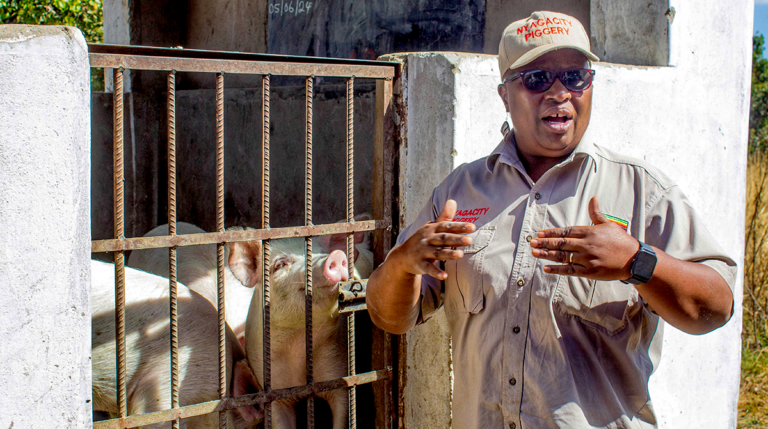





























![Egypt, Algeria and Libya set to lead world's ‘green steel’ revolution [Graphics:Hope Mukami]](https://devage.co.zw/wp-content/uploads/2016/03/Egypt_Algeria_and_Libya_set_to_lead_world_s_green_steel_revolution_01-300x211.webp)



































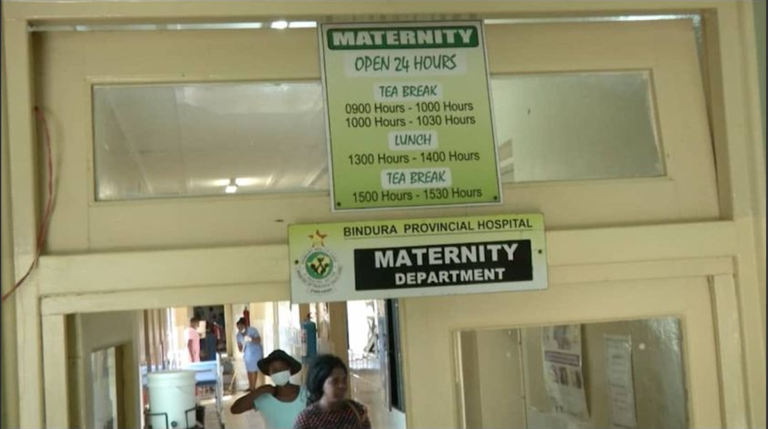








![Egypt, Algeria and Libya set to lead world's ‘green steel’ revolution [Graphics:Hope Mukami]](https://devage.co.zw/wp-content/uploads/2016/03/Egypt_Algeria_and_Libya_set_to_lead_world_s_green_steel_revolution_01-768x540.webp)






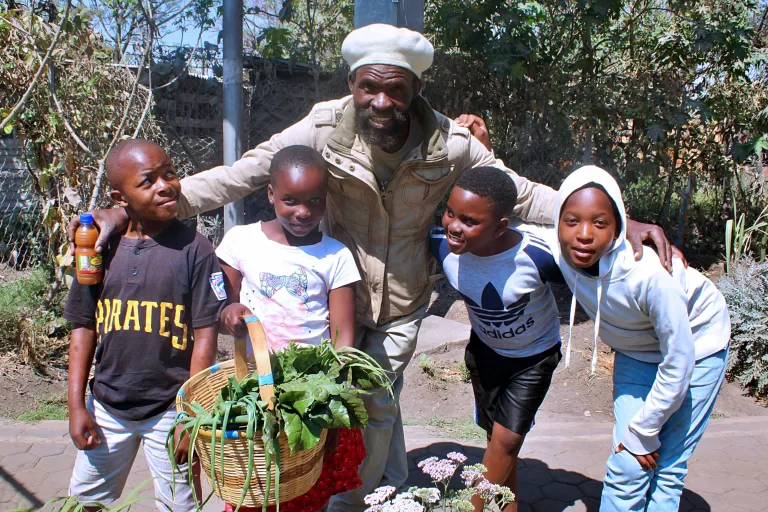
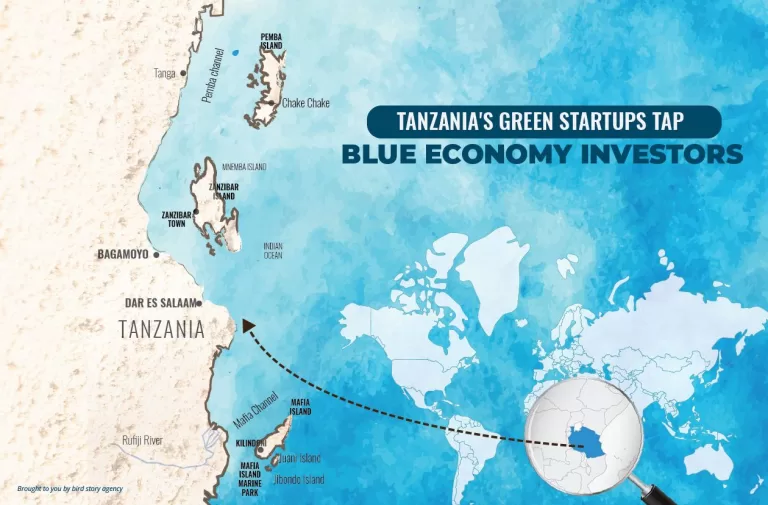






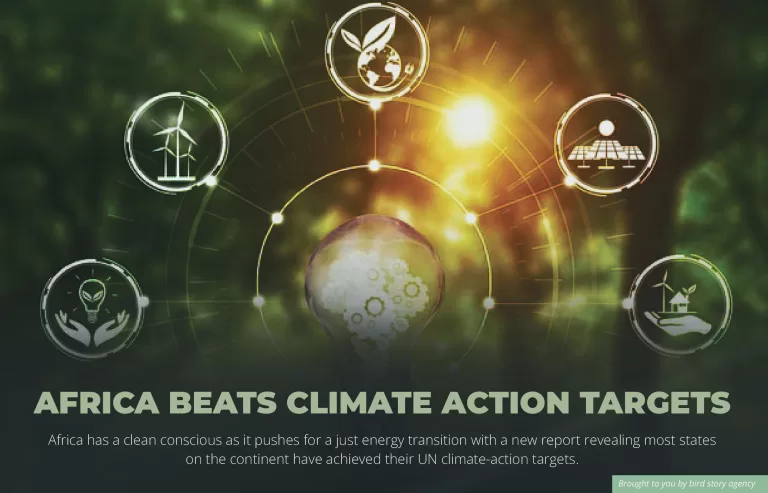









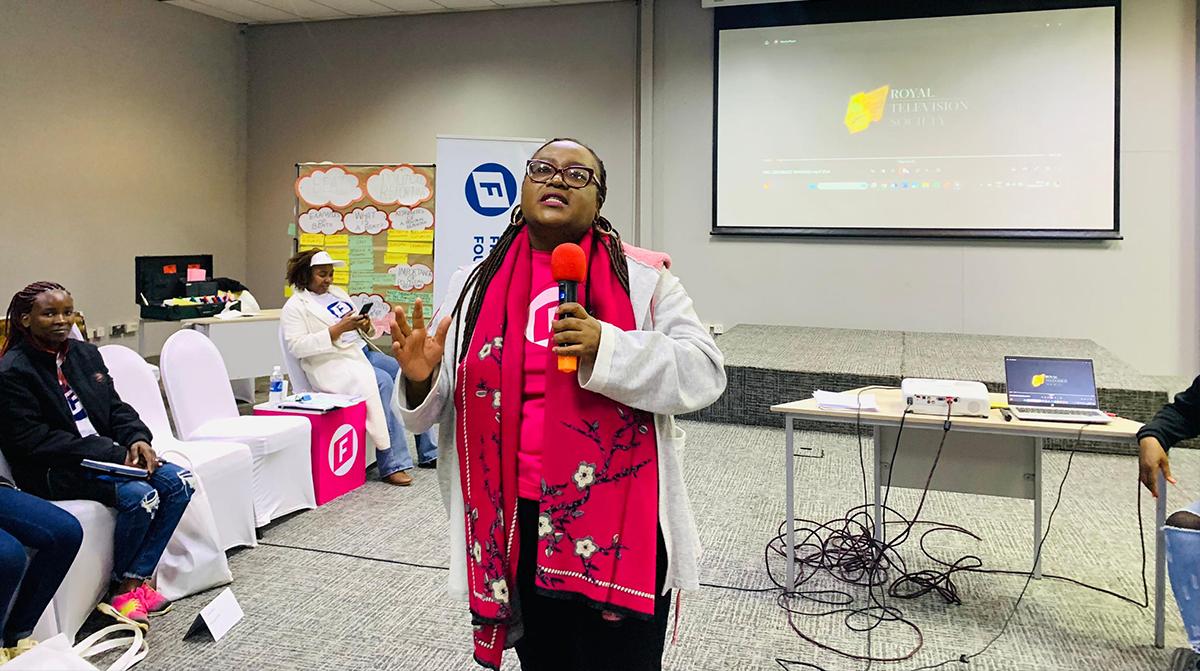




















![Egypt, Algeria and Libya set to lead world's ‘green steel’ revolution [Graphics:Hope Mukami]](https://devage.co.zw/wp-content/uploads/2016/03/Egypt_Algeria_and_Libya_set_to_lead_world_s_green_steel_revolution_01-scaled.webp)


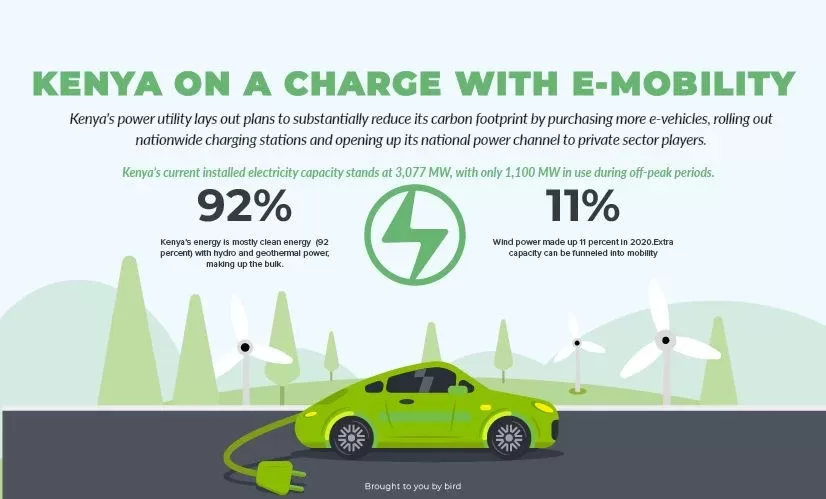

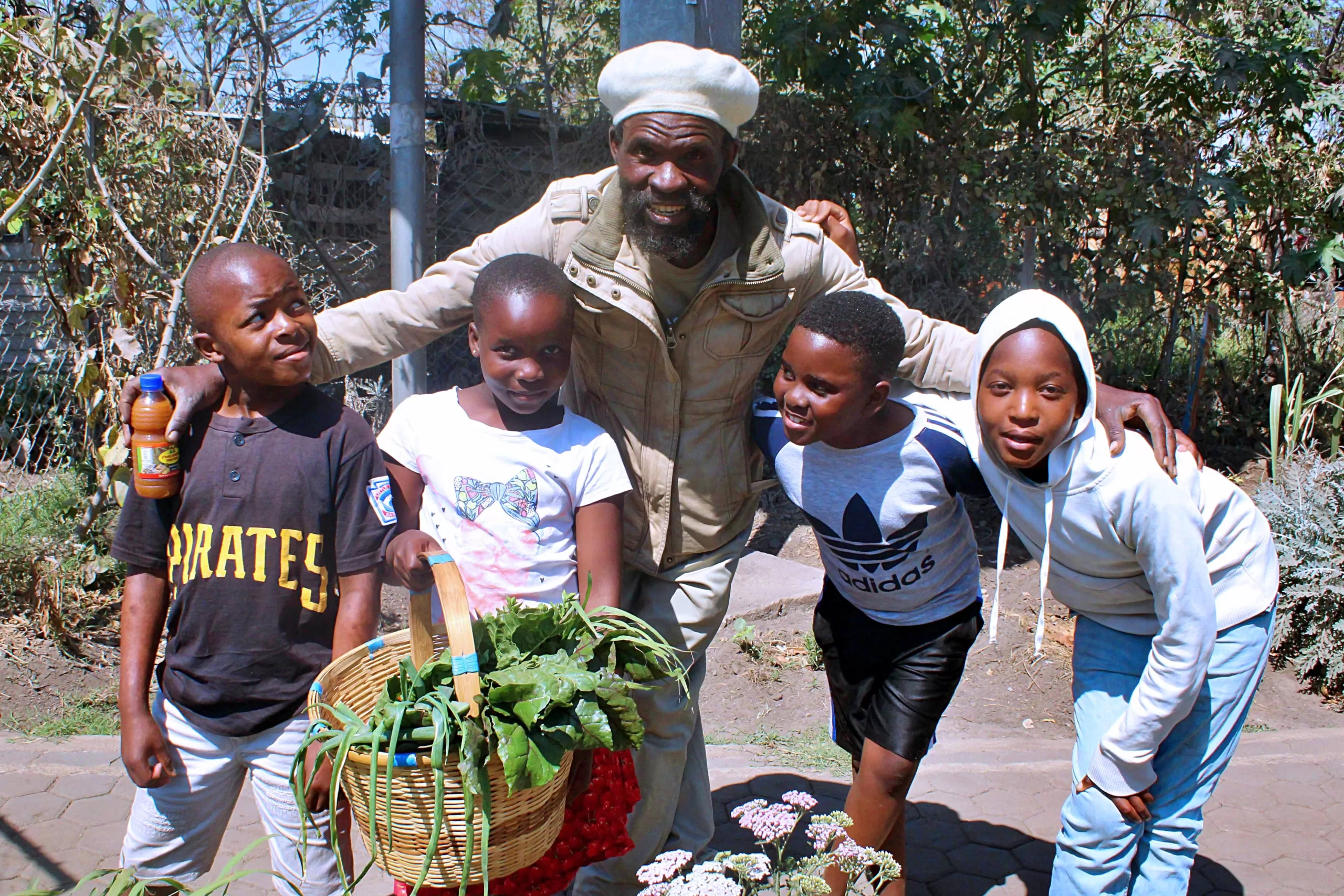





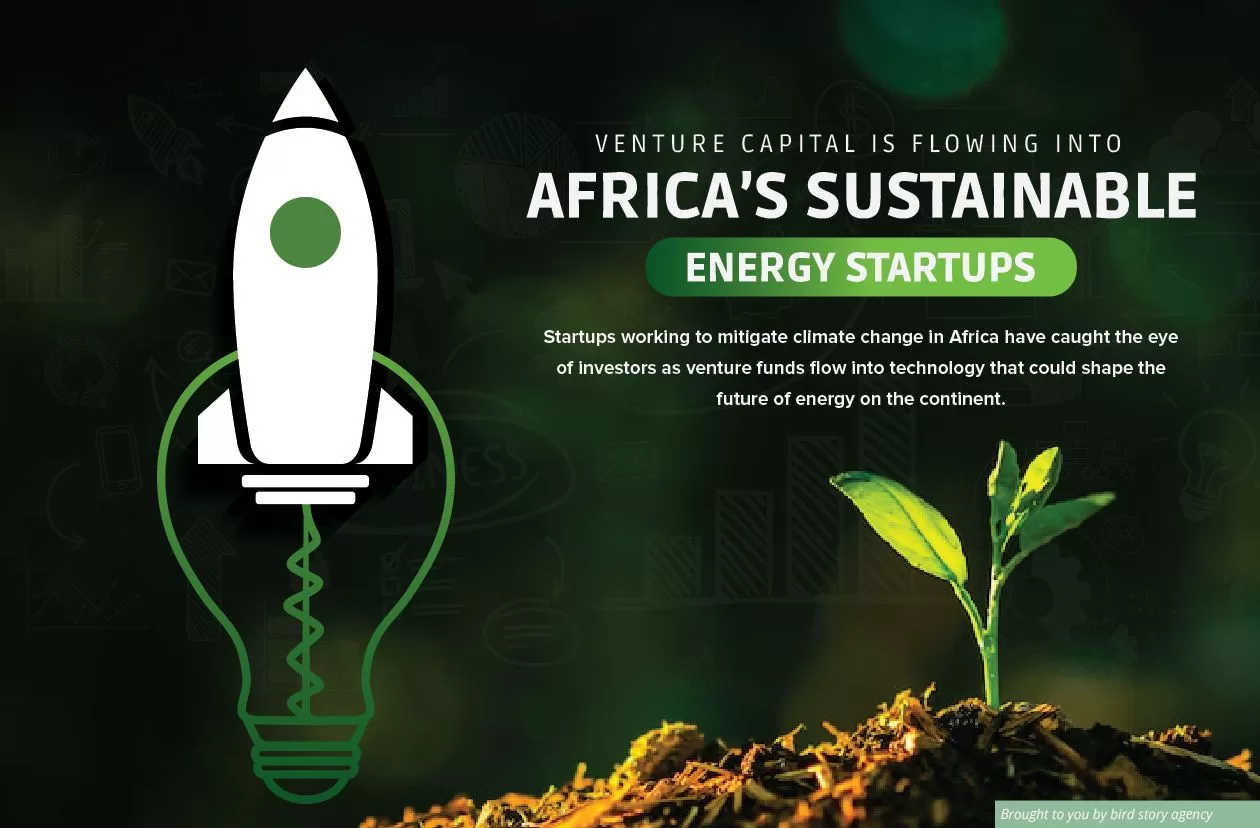









Leave a Reply
You must be logged in to post a comment.